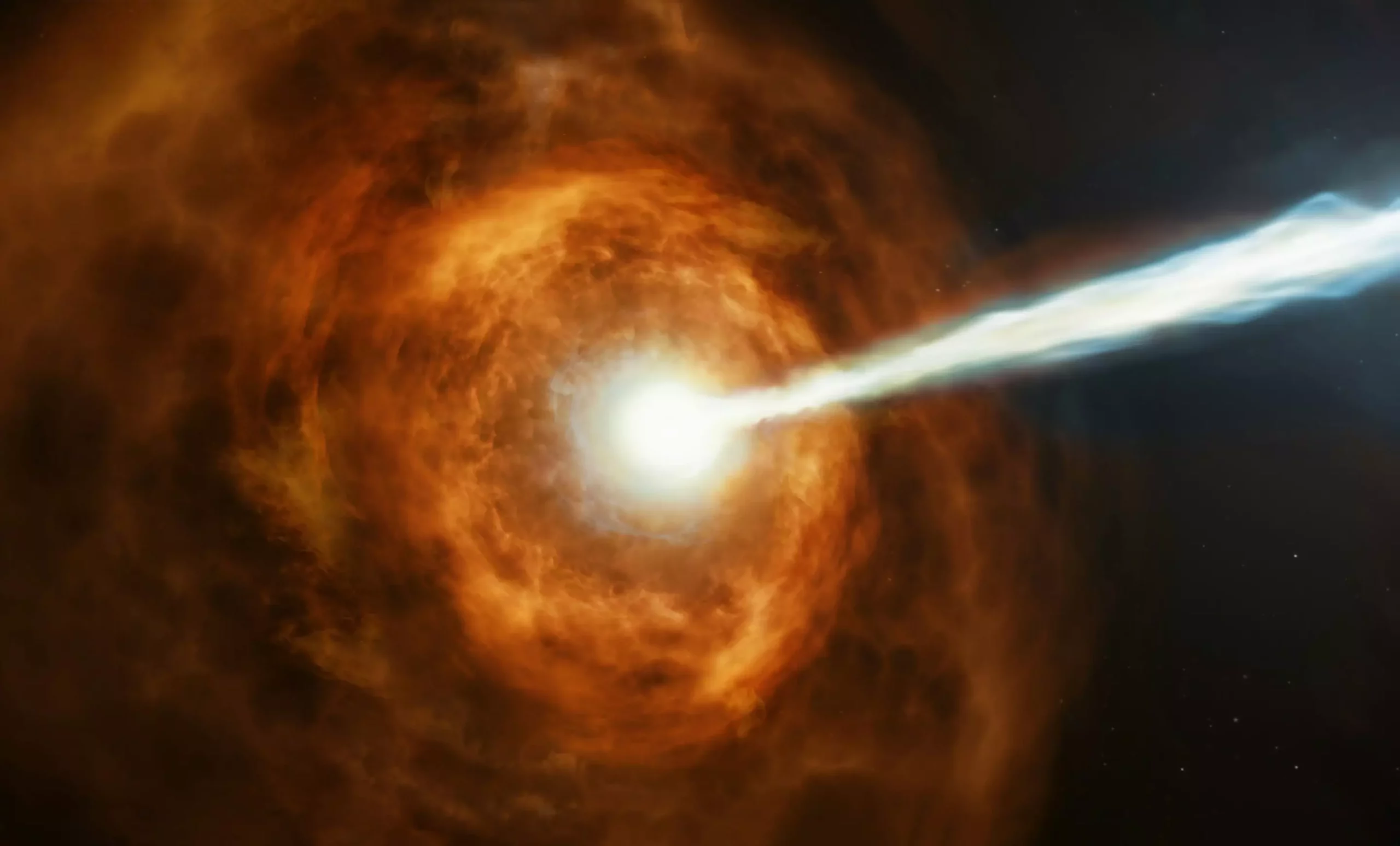Albert Einstein’s theory of relativity is built upon two fundamental assumptions, or postulates. The first postulate states that the laws of physics appear the same to everyone who is traveling in a straight line with no acceleration. This concept was inspired by the work of Dutch physicist Hendrik Lorentz and is known as “Lorentz invariance.” In essence, it implies that individuals moving at different velocities in a vacuum will perceive the same physical laws and phenomena relative to each other.
The second postulate of Einstein’s theory asserts that the speed of light remains constant and is measured as the same by all individuals in an inertial reference frame. Regardless of how fast an observer is moving or in what direction they are traveling, the speed of light will always be perceived as approximately 300,000 kilometers per second. This fundamental principle, known as the constancy of the speed of light, is a key tenet of Einstein’s theory of relativity and has been validated by numerous experiments over the years.
Recent developments in the field of physics have reignited interest in testing Lorentz invariance, particularly at high energies where quantum gravity effects may come into play. A research group from China examined the afterglow of the brightest gamma-ray burst ever recorded, known as 221009A, which was detected in 2022 from a galaxy 2.4 billion light-years away. By analyzing the arrival times of photons emitted during the gamma-ray burst, the researchers sought to determine if Lorentz invariance held true even at such extreme energy levels.
The research team conducted their experiment at the Large High Altitude Air Shower Observatory (LHAASO) in China, located 4,410 meters above sea level. By studying the afterglow of the gamma-ray burst and measuring the arrival times of high-energy photons, the scientists aimed to detect any signs of photon dispersion that would indicate a violation of Lorentz invariance. Using sophisticated detectors and data analysis techniques, they found no statistically significant deviations from the expected behavior governed by Einstein’s theory of relativity.
The results of the study conducted by the Chinese research group have important implications for our understanding of the fundamental laws of physics, particularly in the context of quantum gravity. By demonstrating that Lorentz invariance remains valid even at extremely high energies, the researchers have raised the lower limit at which quantum gravity effects might manifest. This sets the stage for future observations and experiments that could further enhance our sensitivity to deviations from classical physics and pave the way for new discoveries in the realm of theoretical physics.
Einstein’s theory of relativity and the concept of Lorentz invariance continue to be pillars of modern physics, guiding our understanding of the universe at both macroscopic and microscopic scales. Through innovative experiments and meticulous data analysis, scientists around the world are pushing the boundaries of knowledge and challenging established theories to uncover the mysteries of the cosmos.


Leave a Reply